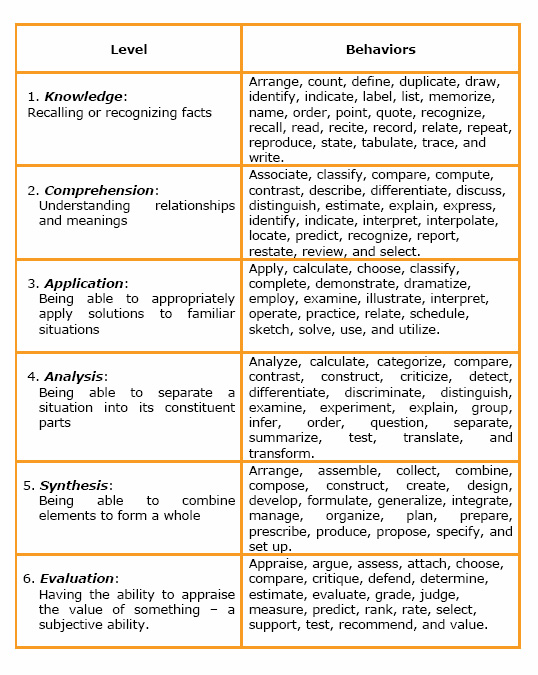Problem Tree Analysis
From Learning and training wiki
| Problem Tree Analysis is a tool that helps to identify the negative aspects of an existing situation and establish the “cause and effect” relationships between the identified problems.[1] |
Why to use it?[2]
- The problem can be broken down into manageable and definable chunks. This enables a clearer prioritization of factors and helps focus objectives;
- There is more understanding of the problem and its often interconnected and even contradictory causes. This is often the first step in finding win-win solutions;
- It identifies the constituent issues and arguments, and can help establish who and what the political actors and processes are at each stage;
- It can help establish whether further information, evidence or resources are needed to make a strong case, or build a convincing solution;
- Present issues – rather than apparent, future or past issues – are dealt with and identified;
- The process of analysis often helps build a shared sense of understanding, purpose and action.
Step By Step[3]The problem tree should be developed as a participatory group activity. 6 to 8 people is often a good group size. It is important to ensure that groups are structured in ways that enable particular viewpoints, especially those of the less powerful, to be expressed.[4]
This first step can either be completely open (no pre-conceived notions as to what stakeholder’s priority concerns/ problems might be), or more directed, through specifying a “known” high order problem or objective based on preliminary analysis of existing information and initial stakeholder consultations.
Problems which are directly causing the focal problem are put below, and problems which are direct effects of the focal problem are put above.
If there are two or more causes of a problem, and one is not the cause of the other, then place them on the same level.
Ask yourself/ the group – “Are there important problems that have not been mentioned yet?” If so, specify the problems and include them at an appropriate place in the tree.
The heart of the exercise is the discussion, debate and dialogue that is generated as factors are arranged and re-arranged, often forming sub-dividing roots and branches.[5] Identify the kind of knowledge learners will acquire:
Quick CheckWhen writing learning objective statements, ask yourself the following questions:
Job Aids
|
| The following documents contain examples of learning goals and objectives developed according to the instructions: |
| General learning goals and objectives developed for different courses outside UNITAR. | |
| Learning objectives developed for UNITAR course on Urban Sanitation. | |
| Learning objectives developed for UNITAR / UNDP course on Democratic Governance. |
References
- ↑ European Commission, « Aid Delivery Methods : Volume 1 Project Cycle Management Guidelines », March 2004.
- ↑ [1](22 October, 2009).
- ↑ European Commission, « Aid Delivery Methods : Volume 1 Project Cycle Management Guidelines », March 2004, and NZAID Tools, “Logical Framework Approach”, http://nzaidtools.nzaid.govt.nz/logical-framework-approach/annex-2-problem-tree-analysis (22 October, 2009)
- ↑ NZAID Tools, “Logical Framework Approach”, http://nzaidtools.nzaid.govt.nz/logical-framework-approach/annex-2-problem-tree-analysis (22 October, 2009)
- ↑ Overseas Development Institute (ODI), http://www.odi.org.uk/RAPID/Tools/Toolkits/Communication/Problem_tree.html (22 October, 2009)
- ↑ Hassel-Corbiell, Ribes, Developing Training Courses: a technical writer’s guide to instructional design and development, Learning Edge Publishing, 2006.


